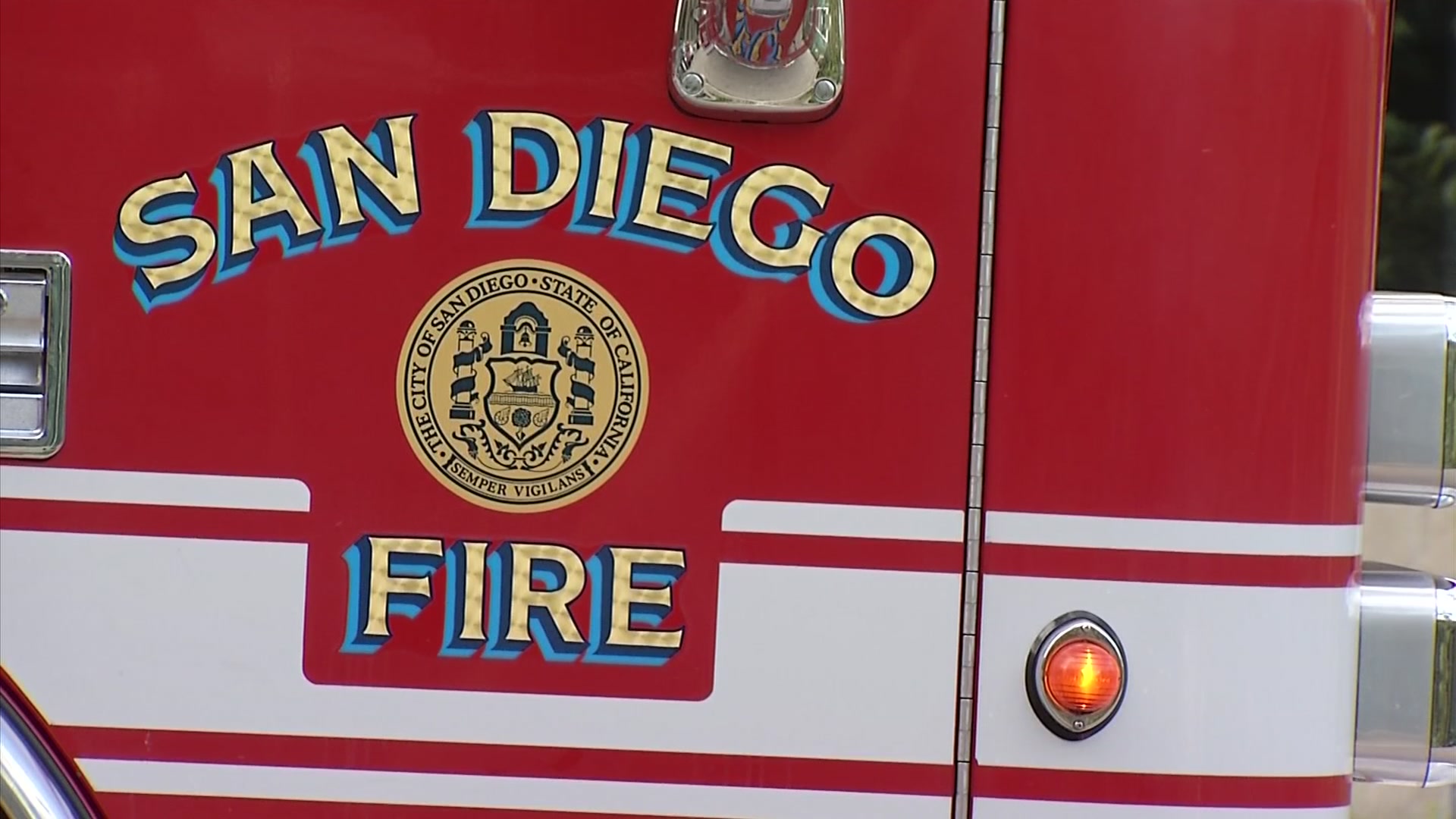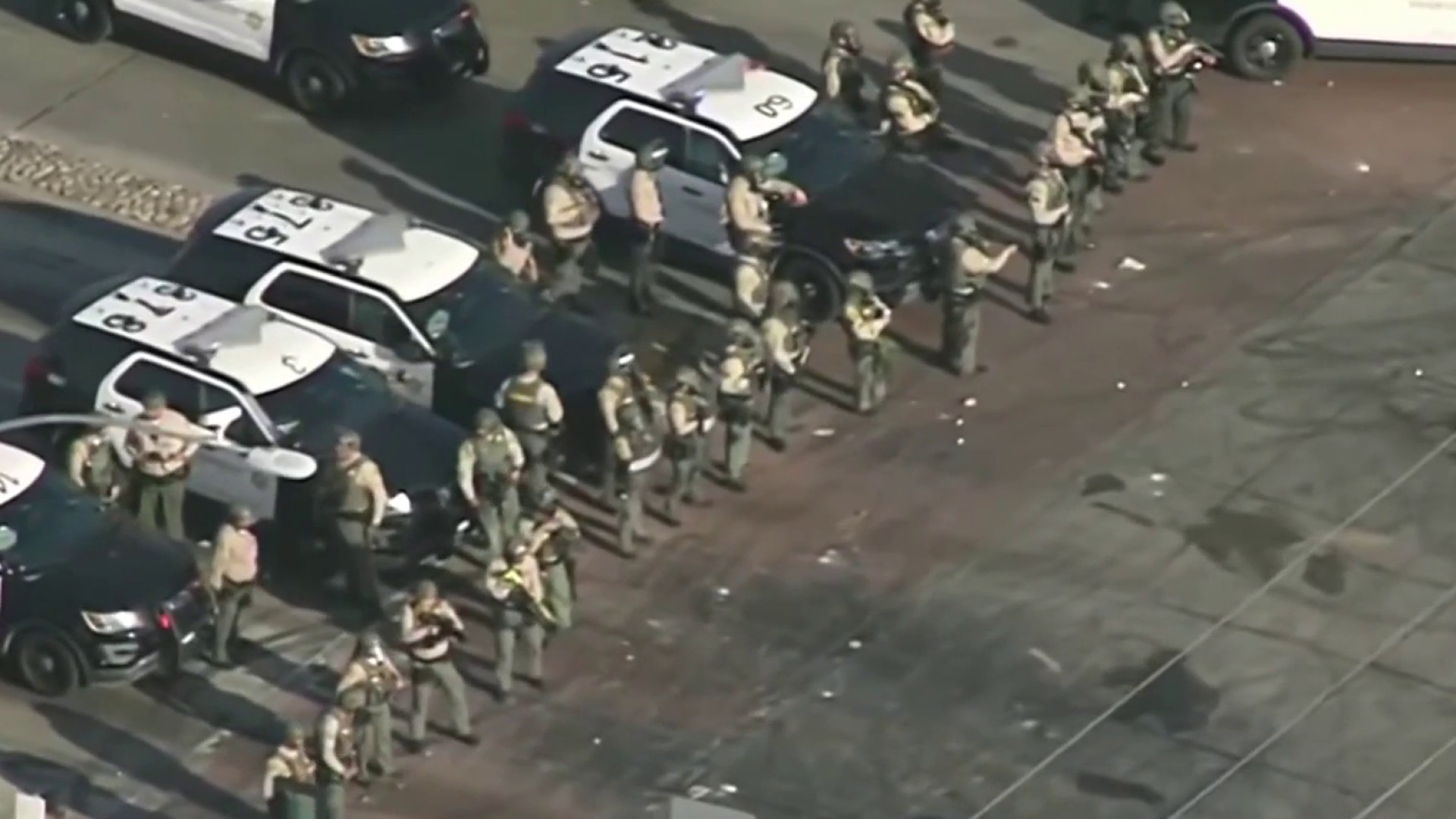NBC 7’s Dave Summers reports why a program to help reduce frequent 9-1-1 calls so real emergencies could get through was cancelled.
UPDATE: This story has been updated to reflect new information given to NBC 7 Investigates by the California Emergency Medical Services Authority. State officials say information provided by the City of San Diego Fire-Rescue Department was inaccurate and the Community Paramedic Program or Resource Access Program (RAP) is still operating in a “very limited capacity” and is not accepting new enrollees.
A program launched to help unclog excessive 911 callers from the city’s emergency system is no longer operating due to staffing challenges facing the City of San Diego’s ambulance service provider, AMR.
In an email to NBC 7 Investigates, AMR attributed the problem to a “paramedic staffing shortage” across San Diego County.
Last November, NBC 7 Investigates rode along with community paramedics involved in the Resource Access Program (RAP) or Community Paramedic Program. The program’s goal was to reduce the call load for the 911-system and help frequent callers find services best suited to help them.
“We have about 1,200-1,300 people in San Diego that call 911 a lot,” Anne Jensen, who oversaw the program with the city of San Diego Fire Department told NBC 7 Investigates earlier this year. “Some call six times a year, others call more than 100 times a year.”
At the council hearing last month, San Diego Fire Chief Brian Fennessy told the council the city has seen a 22% increase in 911 calls over the last four years and 30% of those transported to the hospital did not actually need to be transported. The Community Paramedic Program was designed to address some of those types of patients.
Earlier this year, the Fire Department began tracking who was making the most calls to see if personal intervention on the part of the Community Paramedic team might help resolve any long-running problems by the callers. Data provided to NBC 7 Investigates showed there was a 72.7% drop in usage by the top 25 most frequent callers into the 911 system.
Local
Click here to see NBC 7 Investigates' original story.
AMR moved employees assigned to the community paramedic program at the end of last year to other areas of the city.
In an email to NBC 7 Investigates, Madeleine Baudoin, Manager of Government and Public Affairs for AMR said, “Last year, we redeployed our resources across the city, including the four RAP medics, due to the ongoing paramedic shortage in San Diego County. This action allows us to best serve the community with the resources we have. We will be working with the fire department to study the long-term feasibility of the RAP program."
NBC 7 Investigates asked the city’s Fire Department if officials could elaborate on when the program stopped and why ending the program was not addressed when an NBC 7 Investigates report talking about the program’s success aired earlier this year. In an email, Deputy Chief Gina La Mantia said the program ended in “late December 2016.“ She also said, “the [AMR] staffing shortages lasted longer than anticipated.”
UPDATE – 11/10/17: In an email, La Mantia responded to the CA EMSA’s comments on the RAP program, saying, "For all intents and purposes, the RAP did end and is no longer effective when compared to when staffed with the AMR paramedics. Most of our pilot patients are still showing really good results from prior interventions, so most do not need a lot of attention. We have about 3 patients (compared to the 1200-1300 quoted in the news story) who will call 40 times a month when they relapse. This means that Anne [Jensen] is typically working with one patient per month."
The community paramedic program was a pilot program that required an exemption from the state. According to California state law, paramedics are only allowed to treat at the emergency scene and during transport. California Emergency Medical Services Director, Doctor Howard Backer pushed and obtained the exemption in order to allow for the paramedic’s role in non-911 settings to be expanded.
NBC 7 Investigates contacted Backer about the program not operating any longer and are waiting to receive a response.
Last month, AMR asked the San Diego City Council to approve rate increases for how much the ambulance provider can charge patients needing emergency services. AMR representatives told city staff, “on-going recruitment challenges” and “the over-triaging of non-life-threatening calls” were among the reasons why a rate increase was necessary to bring stability to the system.



